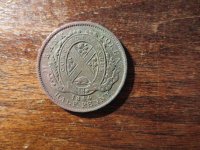Massbaycolonist
Full Member
Hi Ya'll. I just read that pyrite (fools gold) is non-ferrous. Thusly, being non-ferrous, pyrite should not make my metal detector go off. Right? Thanks, Kevin
Amazon Forum Fav 👍
Upvote
0






